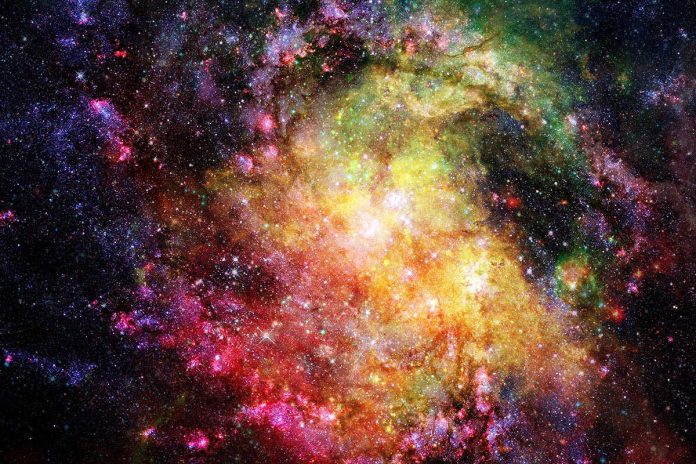[ad_1]
Brian Greene’s new book argues that life is rare and extraordinary, probably transient, and that in the search for purpose, the only significant answers are ones we create
Physics
18 February 2020

Irina Dmitrienko/Alamy/NASA
How did life happen and where is it headed?
Now there is a conundrum we can struggle with in the dead of night. But it is one that Brian Greene is actually equipped to try to answer in his latest book, Until the End of Time.
Greene, director of the Center for Theoretical Physics at Columbia University, New York, hunts for humanity’s place in a universe when everything is governed by unwavering physical laws, to which we are no exception. He asks: “Could life be such a long-shot possibility that it arose only once… Or is life the natural outcome, perhaps even the inevitable outcome?”
How, then, do we work out our place in the universe? And where does that leave us?
Cosmic deterioration
One thing is for certain: virtually everything we know of now will one day cease to exist, a fact Greene lays out from the start. Although the breakdown of stars, planets and galaxies is billions of years away, Greene encourages us to cast our minds to the future, on almost unfathomable timescales – and to consider how those minds might be shaped and their fate ultimately determined by the universal forces at work.
It is an intriguing thought: can life persist in the wake of cosmic deterioration? Indeed, can thought? These ideas underlie a deep human striving, as Greene shows in his exploration of the origin and basis for art, storytelling and religion, among the meaning-making tools that may have emerged from nature’s drive towards survival.
Mere playthings
Greene’s background as a physicist and mathematician shows through in the way the disciplines permeate his book. That is hardly surprising when he discusses entropy and gravity (core to the formation of everything from elements to species after the big bang), but Greene also boils down consciousness and intelligence to the trillions of particles that constitute the human form and everything that exists.
In so doing, he argues that the laws of physics and mathematics dictate that we have no free will. All that we do, think and feel can simply be attributed to the movement of our particles. As Greene puts it, “we are no more than playthings knocked to and fro by the dispassionate rules of the cosmos”.
This so-called physicalist explanation is one point of view. But other physicists take very different views.
Life’s transience
In the end, for Greene, our existence can end up seeming at odds with the hard rules of reality: it is “rare and extraordinary” that we are here at all. “Life is likely transient, and all understanding that arose with its emergence will almost certainly dissolve with its conclusion,” argues Greene. “And so, in the search for value and purpose, the only insights of relevance, the only answers of significance, are those of our own making.”
Greene’s commitment to delivering those answers is one of the book’s strengths. He weaves a rich tapestry of theories and perspectives as he navigates space and time. Many of these ideas are speculative, but at least one may resonate with you.
Of course, Until the End of Time can’t provide all the answers. But you would be hard-pressed to find another book that seeks to do so with the same clarity and meaning.
More on these topics:
[ad_2]
Source link











